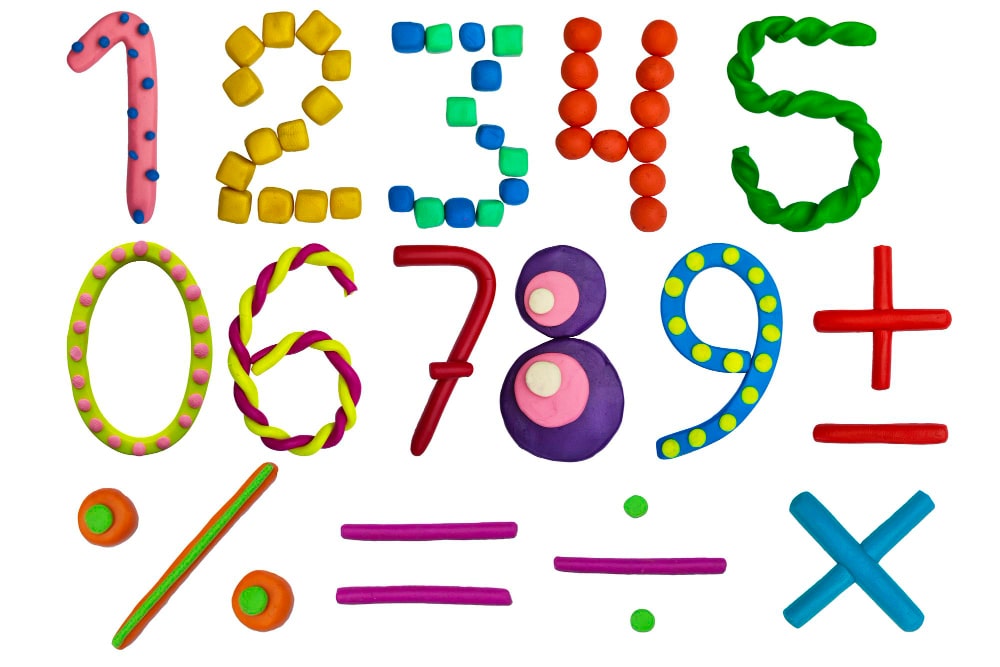Welcome to markantony.org, your go-to resource for unlocking knowledge and mastering skills. In this article, we will delve into the world of multiplying fractions. Understanding how to multiply fractions is a fundamental skill in mathematics, applicable in various real-life scenarios such as cooking, construction, and financial calculations. Whether you’re a student looking to improve your math skills or an adult seeking a refresher, this guide will provide you with a step-by-step approach to mastering the art of multiplying fractions.
What Are Fractions?
Before we dive into the intricacies of multiplying fractions, let’s first understand what fractions are. In mathematics, fractions represent parts of a whole. They consist of a numerator and a denominator, separated by a horizontal line, known as a fraction bar. The numerator signifies the number of parts we have, while the denominator represents the total number of equal parts the whole is divided into.
For example, consider the fraction 3/4. Here, the numerator is 3, indicating that we have three parts, and the denominator is 4, suggesting that the whole is divided into four equal parts. Fractions can represent any part of a whole, whether it’s a fraction of a dollar, a slice of pizza, or a portion of time.
Understanding Multiplying Fractions
Multiplying fractions involves multiplying the numerators and denominators of two or more fractions to obtain the product. When multiplying fractions, it’s essential to remember that the product is simply the result of multiplying the corresponding parts together. Let’s explore this concept further with some examples.
Example 1: Multiplying Proper Fractions
Let’s say we want to multiply the fractions 2/3 and 1/4. To find the product, we multiply the numerators (2 * 1) and the denominators (3 * 4) as follows:
| Step | Operation | Result |
|---|---|---|
| 1 | Multiply the numerators: 2 * 1 | 2 |
| 2 | Multiply the denominators: 3 * 4 | 12 |
The product of 2/3 and 1/4 is 2/12, which simplifies to 1/6. Therefore, 2/3 multiplied by 1/4 equals 1/6.
Example 2: Multiplying Mixed Numbers
Multiplying mixed numbers involves converting them into improper fractions before proceeding with the multiplication. Let’s consider the multiplication of 2 1/2 and 3 3/4:
| Step | Operation | Result |
|---|---|---|
| 1 | Convert mixed numbers to improper fractions: 2 1/2 = (2 * 2 + 1) / 2 = 5/2 3 3/4 = (3 * 4 + 3) / 4 = 15/4 |
5/2, 15/4 |
| 2 | Multiply the fractions: (5/2) * (15/4) | 75/8 |
The product of 2 1/2 and 3 3/4 is 75/8. Remember to simplify the resulting fraction if necessary.
Common FAQs about Multiplying Fractions
FAQ 1: Can I multiply a fraction by a whole number?
Yes, you can multiply a fraction by a whole number. Simply convert the whole number into a fraction by placing it over 1. For example, to multiply 1/4 by 3, write 1/4 as 1/4 * 3/1 and proceed with the multiplication as usual.
FAQ 2: What should I do if the resulting fraction is improper?
If the product of multiplying fractions yields an improper fraction, you can simplify it by finding the greatest common divisor (GCD) of the numerator and denominator. Divide both the numerator and denominator by their GCD to obtain the simplified form of the fraction.
FAQ 3: Can I multiply more than two fractions at once?
Absolutely! You can multiply any number of fractions together. To do so, multiply the numerators and denominators of all the fractions involved, and then simplify the resulting fraction if necessary.
FAQ 4: Can I multiply fractions with negative numbers?
Yes, you can multiply fractions with negative numbers. The general rule is that when you multiply two fractions, the negative signs cancel each other out, resulting in a positive product. However, pay attention to the signs when dealing with mixed numbers or equations involving multiple operations.
FAQ 5: Are there real-world applications for multiplying fractions?
Absolutely! Multiplying fractions is utilized in various real-life scenarios. For instance, if you want to double a recipe that calls for 3/4 cup of flour, you’ll need to multiply 3/4 by 2 to determine the correct amount of flour. Similarly, when calculating discounts or sales tax, multiplying fractions plays a crucial role. Mastering this skill can greatly benefit you in everyday life.
FAQ 6: How can I practice multiplying fractions?
Practice makes perfect! To enhance your understanding of multiplying fractions, try solving a variety of practice problems. There are numerous online resources and math textbooks available that offer a wide range of exercises to sharpen your skills. Remember, the more you practice, the more comfortable you’ll become with multiplying fractions.
Conclusion
In conclusion, multiplying fractions is a vital skill that finds its application in various aspects of our lives. By following the step-by-step process outlined in this guide, you can confidently tackle any fraction multiplication problem that comes your way. Remember to always simplify your answers if necessary and practice regularly to reinforce your understanding. With determination and practice, you’ll soon become a master of multiplying fractions!
Unlock the Power of Fractions at markantony.org
We hope this comprehensive guide has provided you with the knowledge and confidence to excel in multiplying fractions. If you found this article helpful, be sure to share it with your friends and family. For more valuable insights, tips, and guides on a wide range of topics, visit markantony.org. Unlock knowledge and master skills with
us!

